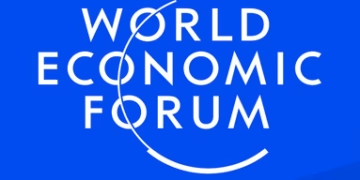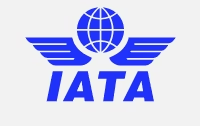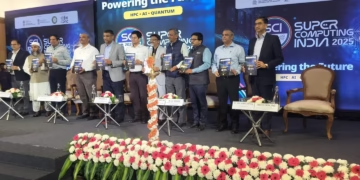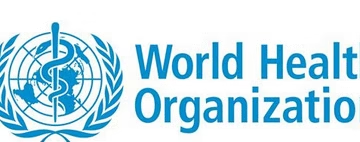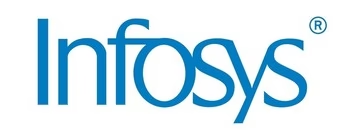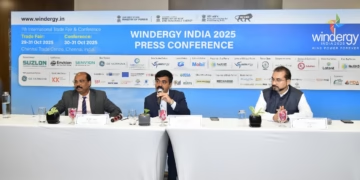WASHINGTON, July 11, 2019 – World Bank Group commitments to help countries achieve better development outcomes were $59.5 billion in fiscal year 2019, which ended June 30. These investments, together with World Bank Group advisory and analytical support, help countries seek improvements in growth, jobs, poverty reduction, governance, human capital, infrastructure and debt transparency, with increased commitments related to climate and environment, improving conditions for women and girls, and helping in fragile and conflict-affected states.
| World Bank Group Commitments
fiscal years 2019 and 2018 (in U.S. billions) |
||
| World Bank Group | FY19* | FY18 |
| IBRD | 23.2 | 23.0 |
| IDA | 21.9 | 24.0 |
| IFC | 8.9** | 11.6** |
| MIGA | 5.5 | 5.3 |
| TOTAL | 59.5 | 63.9 |
| *Preliminary and unaudited numbers as of July 8. | ||
| **Long-term finance from IFC’s own account. Excludes about $10.2 billion in FY19 and $11.7 billion in FY18 in funds mobilized from other investors. | ||
“Across IBRD/IDA, IFC, and MIGA, we are sharpening our focus on stronger country programs to improve growth and development outcomes. We are increasing our support for countries at lower levels of income and Fragile and Conflict-affected states,” World Bank Group President David Malpass said. “We’re increasing our lending, financing and guarantees where it will support outcomes that raise living standards in countries that need it the most. The aim is to effectively address issues central to our poverty and prosperity mission, taking account of the global slowdown in growth, the surge in debt that is not bringing true benefits, the severe deficits in clean water, electricity, health and education, the impacts of climate change, and many other challenges to achieving gains for the poor.”
Support to countries from the International Bank for Reconstruction and Development (IBRD) rose to $23.2 billion in FY19, up from $23 billion in the previous fiscal year. During the fiscal year, IBRD began the implementation of the capital increase, including the introduction of an annual sustainable lending limit; and issued $54 billion in bonds in 27 currencies to fund programs that promote inclusive growth and policy reforms to improve living standards in middle-income countries.
Commitments from the International Development Association (IDA), which provides zero or low-interest loans and grants to the world’s 75 poorest countries, were $21.9 billion during FY19. Cumulative commitments in FY18 and FY19, the first two years of IDA18, reached $45.9 billion, a 31 percent increase compared to the same period in IDA17 ($35.1 billion).
Together, these World Bank (IBRD and IDA) programs helped more countries come closer to achieving their development priorities. Demand for human capital investments continued to grow over the fiscal year, as countries are increasingly aware of the significant role this financing can play in promoting long-term inclusive growth and alleviating poverty. Over 60 percent of Bank operations helped address gender gaps and encouraged full incorporation of women in economies. Notably, IDA commitments to countries affected by fragility, conflict and violence reached $8 billion in FY19.
The World Bank is increasing financing for economic and institutional reforms to enhance private investment and job creation in developing countries. A total of $578 million has been committed through the Private Sector Window, supporting more than US$1.3 billion in IFC investments and MIGA guarantees; this financing is expected to mobilize an additional US$1.7 billion of investments from other financing sources, including the private sector.
Over the fiscal year, 30 percent of IBRD/IDA commitments contained climate co-benefits, exceeding the Bank’s target of 28 percent by 2020. In November the institution announced a $200 billion five-year target to help countries address climate challenges, putting adaptation finance on a par with mitigation.
The International Finance Corporation (IFC) stepped up its focus on the poorest countries and fragile areas, in line with the capital increase that shareholders endorsed in April 2018. As the largest global development institution focused on the private sector, IFC creates markets and opportunities for sustainable private investment where they are needed most. Preliminary and unaudited data as of June 30 indicated that IFC made nearly $8.9 billion in long-term investments from its own account in FY19 and mobilized about $10.2 billion from other investors, totaling over $19 billion in long-term investments. These complex investments supported 269 long-term finance projects in developing countries. In addition, IFC extended $4.5 billion in short-term trade finance, with more than half ($2.5 billion) in IDA/FCS countries.
IFC is shifting its focus to working upstream to create a pipeline of bankable projects that will increase private investment in the world’s poorest countries, as outlined in its capital increase goals. IFC provided more than $4.8 billion in long-term financing to accelerate development in IDA countries, including funds mobilized from other investors. These countries accounted for nearly 25 percent of IFC’s total investments. Investments in businesses in fragile and conflict-affected states totaled over $500 million, including funds mobilized from other investors. IFC continued to focus on financing climate-friendly projects and ramping up investments in regions with acute development challenges. The proportion of funds committed to Africa, the Middle East and South Asia for IFC’s own account rose to a record 45 percent. IFC introduced principles for impact investing, paving the way for more capital to flow into projects with positive social and environmental effects. Sixty-three global investors have signed the Operating Principles for Impact Management.
The Multilateral Investment Guarantee Agency (MIGA) is the largest multilateral political risk insurance provider, with a mandate of creating development impact by helping drive FDI to developing countries. It issued $5.5 billion in new guarantees, helping mobilize $9.3 billion in total financing. The projects MIGA supported in FY19 will provide access to power to some 3.6 million people and generate $791 million in taxes and fees annually paid to host governments. Nearly 30 percent of MIGA’s guarantee program over the fiscal year supported projects in IDA countries and fragile settings, and almost two-thirds contributed to climate change adaptation or mitigation. Over the last six years, MIGA’s outstanding guarantees doubled to $23.3 billion. To increase its development impact, MIGA revised and standardized its contracts in FY19, and strengthened collaboration with the EBRD, ADB and ICIEC, in line with the suggestion by the G20 Eminent Persons Group on Global Financial Governance.


